2020: New year, new Université Grenoble Alpes

On 1 January 2020, Université Grenoble Alpes is changing: all public higher education on the Grenoble Alpes site is coming together to form a new, single institution under the name of “Université Grenoble Alpes”. This new multi-disciplinary,
international university has its roots in the region: It brings together Grenoble INP Institute of Engineering and Management, Sciences Po Grenoble School of Political Studies, ENSAG School of Architecture, the component parts of the former
Université Grenoble Alpes and the ComUE Université Grenoble Alpes.
Located on different sites, mainly in Grenoble and Valence, Université Grenoble Alpes is now the 4th biggest French university. It has 60,000 students, 9,000 of whom are international students, 3,300 of whom are PhD students, and 7,500 staff members. This confirms its status as a major player in education, research and innovation in the region, but also throughout France and worldwide.
The national research organizations CEA, CNRS, Inria and Inserm will be even more closely associated with the new Université Grenoble Alpes. It will also have a privileged relationship with INRAE, the IRD and the Grenoble Alpes CHU.
This new institutions brings the construction that began on the Grenoble Alpes site more than ten years ago to completion. The occasion was marked by the joint signature of scientific publications in 2014, the creation of ComUE Université Grenoble Alpes, the fusion of the three universities and receiving the Initiative d’Excellence in 2016.
The creation of the new Université Grenoble Alpes acknowledges a desire to take part in the same destiny, based on shared values and common goals:
The national research organizations CEA, CNRS, Inria and Inserm will be even more closely associated with the new Université Grenoble Alpes. It will also have a privileged relationship with INRAE, the IRD and the Grenoble Alpes CHU.
This new institutions brings the construction that began on the Grenoble Alpes site more than ten years ago to completion. The occasion was marked by the joint signature of scientific publications in 2014, the creation of ComUE Université Grenoble Alpes, the fusion of the three universities and receiving the Initiative d’Excellence in 2016.
The creation of the new Université Grenoble Alpes acknowledges a desire to take part in the same destiny, based on shared values and common goals:
- To be an international university that is visible and attractive, firmly rooted in the region, and that is a driving force for economic, social and cultural development.
- To respond to major transformations in society by offering rich and diverse education, by doing research that pushes the limits of knowledge, and by disseminating knowledge and developing critical thinking.
Published on February 14, 2020
Updated on February 24, 2020
Updated on February 24, 2020

